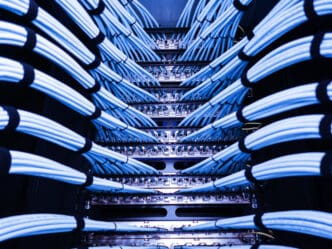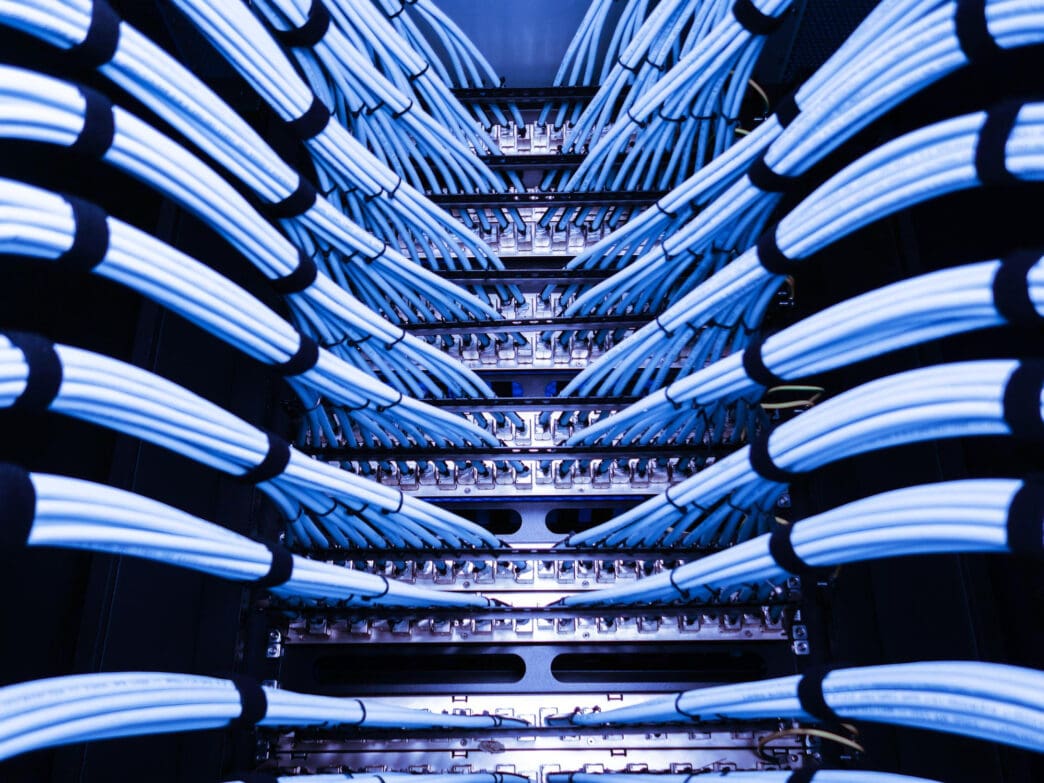Executive Summary
The Story So Far
Why This Matters
Who Thinks What?
Capital expenditure updates from major U.S. technology companies this week are poised to significantly impact the artificial intelligence (AI) trade, a key driver of the U.S. stock market’s recent record-breaking rally. Investors are closely monitoring reports from Microsoft, Alphabet, Meta Platforms, and Amazon for insights into their confidence in AI investments and expected returns. These spending plans are viewed as a crucial barometer for the broader AI theme.
AI Trade and Market Dynamics
The AI trade, ignited by the launch of the AI assistant ChatGPT in November 2022, has propelled equities, with the benchmark S&P 500 up approximately 17% year-to-date and 90% since the bull market began just over three years ago. This rally has been notably led by a select group of companies, including chipmaker Nvidia, which has seen mammoth share-price gains and is nearing a $5 trillion market valuation due to its market-leading AI chips.
Investment by these largest companies, often referred to as hyperscalers, serves to build out the infrastructure that supports the burgeoning AI industry. This spending also signals their confidence in the theme, according to investors. Don Nesbitt, senior portfolio manager at F/m Investments, emphasized the importance of continued investment, stating that any faltering could serve as a “bellwether for the whole AI theme.”
Capex Projections and Scrutiny
Annual capital expenditure from Microsoft, Alphabet, Meta, Amazon, and Oracle more than doubled between 2022 and 2024, reaching over $200 billion. Barclays equity strategists project this spending to soar to approximately $500 billion by 2027. Wall Street analysts will meticulously parse the companies’ commentary in their quarterly reports for details on spending trends and anticipated returns on these investments.
Microsoft, Alphabet, and Meta are scheduled to report their earnings on Wednesday, while Amazon and Apple will report on Thursday. Nvidia, a key player in the AI hardware space, is slated to report its results on November 19.
Bubble Concerns Versus Financial Strength
Despite the current investor appetite for continued AI spending, concerns persist regarding potential overcapacity and the possibility of past capital expenditure cycles going bust. Jeff Buchbinder, chief equity strategist for LPL Financial, suggested that “wasteful capital spending” could signal a bubble, drawing parallels to the dot-com market bubble from 25 years ago.
However, investors also note that many companies in the current AI industry possess stronger financial positions than the players caught in the dot-com bubble. Glenmede, an investment firm, highlighted that free cash flow margins for AI hyperscalers have averaged 15% in recent years, significantly higher than the 3.5% margins seen in the 1990s for telecom companies that overbuilt fiber-optic network infrastructure.
Nick Giorgi, chief equity strategist at Alpine Macro, indicated that if hyperscalers were to reduce their spending, it would signal a potential lack of belief in the “actual monetizable potential of these technologies.” Torsten Slok, chief economist at Apollo Global Management, noted that the five hyperscalers are currently dedicating a record 60% of their operating cash flow to capital expenditure. Michael Reynolds, vice president of investment strategy at Glenmede, observed that companies deploying large-scale capital expenditure are now significantly outperforming, a shift from previous market preferences for “asset-light” companies.
Ripple Effects on Broader Markets
The substantial market values of these companies, including Apple and Tesla within the “Magnificent Seven” – which collectively account for 35% of the S&P 500’s weight – mean their capital expenditure plans can broadly impact equity indexes. Citigroup strategists estimate that over 80 S&P 500 companies, comprising nearly half of the index’s market capitalization, have significant exposure to AI.
Bespoke Investment Group recently found that 28 AI-related stocks accounted for approximately one-third of the $48 trillion increase in global market cap since the launch of ChatGPT. Chuck Carlson, chief executive officer at Horizon Investment Services, explained that AI capital expenditure is “driving the data-center build-out, which in turn drives a host of companies that are benefiting from the data-center infrastructure build out,” including industrial, construction, and utilities companies, underscoring the widespread impact of the “AI trade.”
Investment Outlook
Ultimately, the upcoming capital spending reports from these tech giants will serve as a crucial test of investor confidence in the long-term viability and monetization potential of artificial intelligence. Their commitment to extensive infrastructure development is seen as both a necessary investment for future growth and a potential indicator of broader market trends, with implications extending across various sectors.







